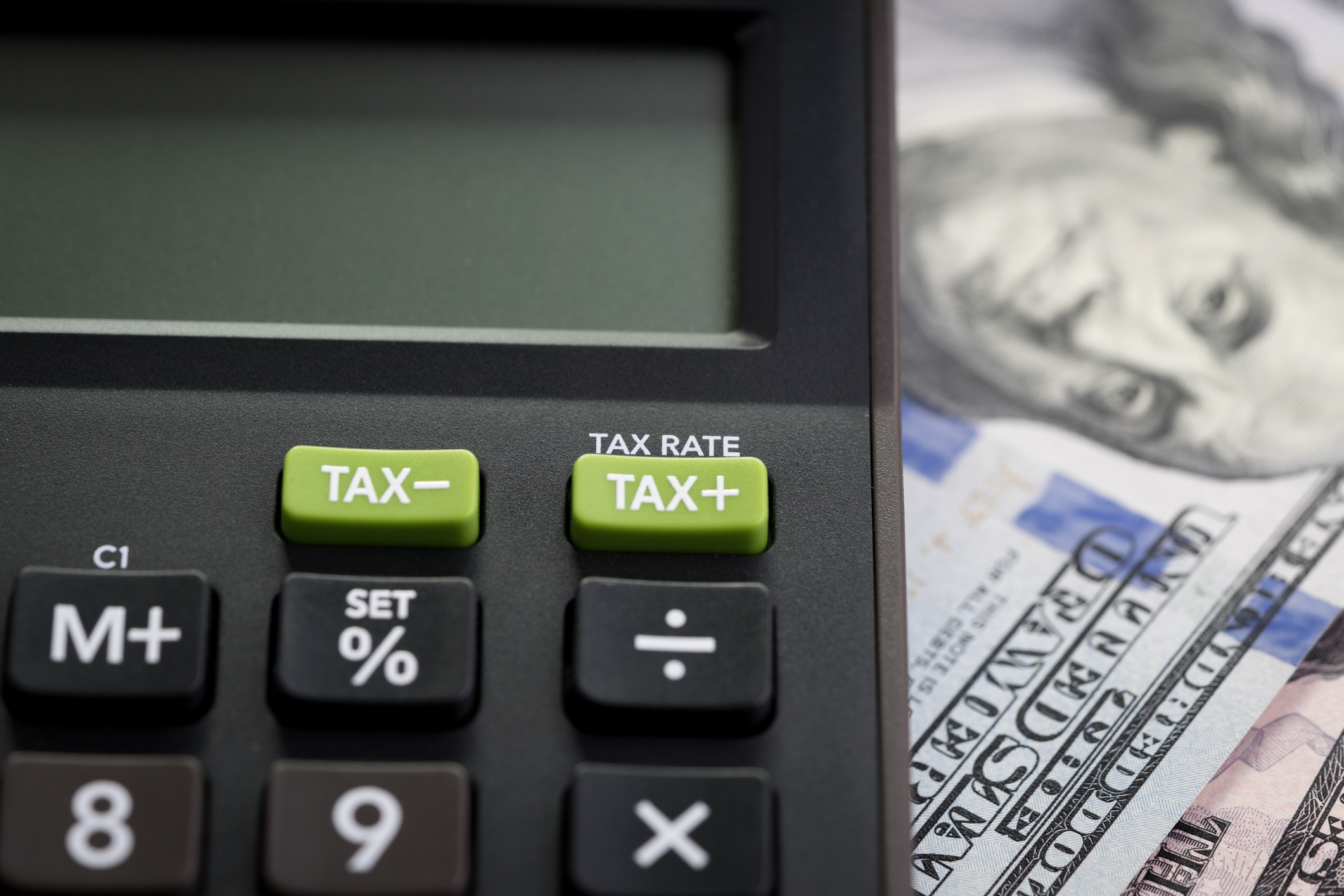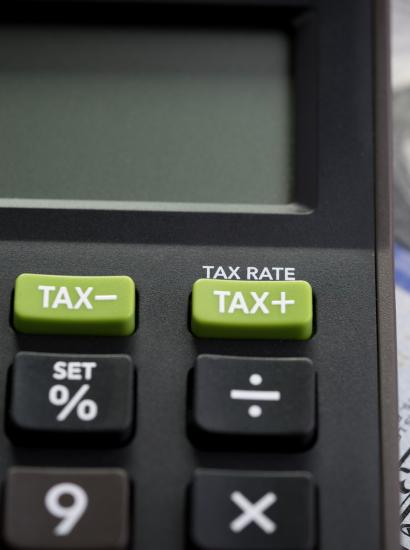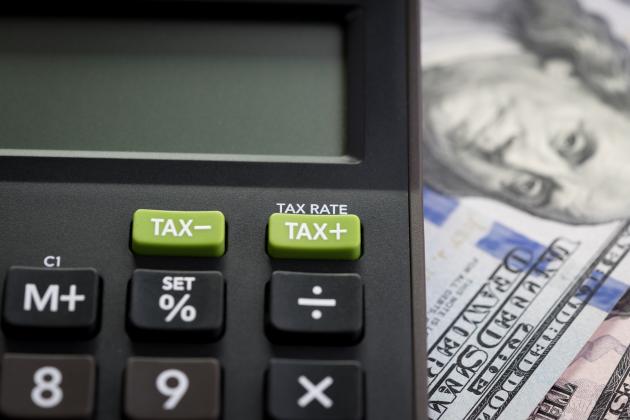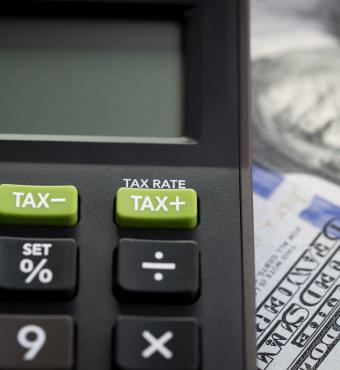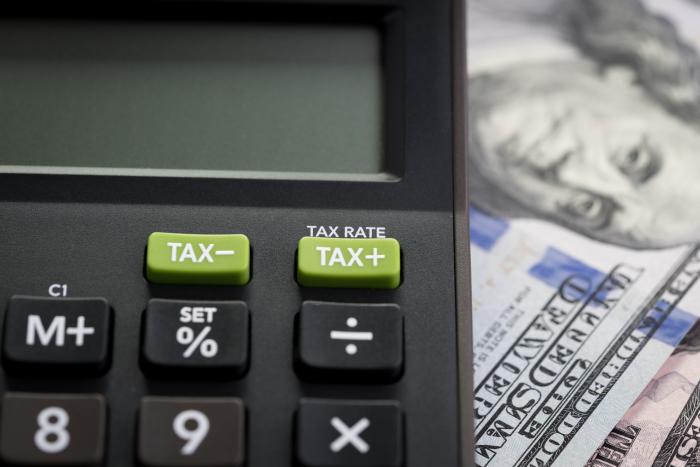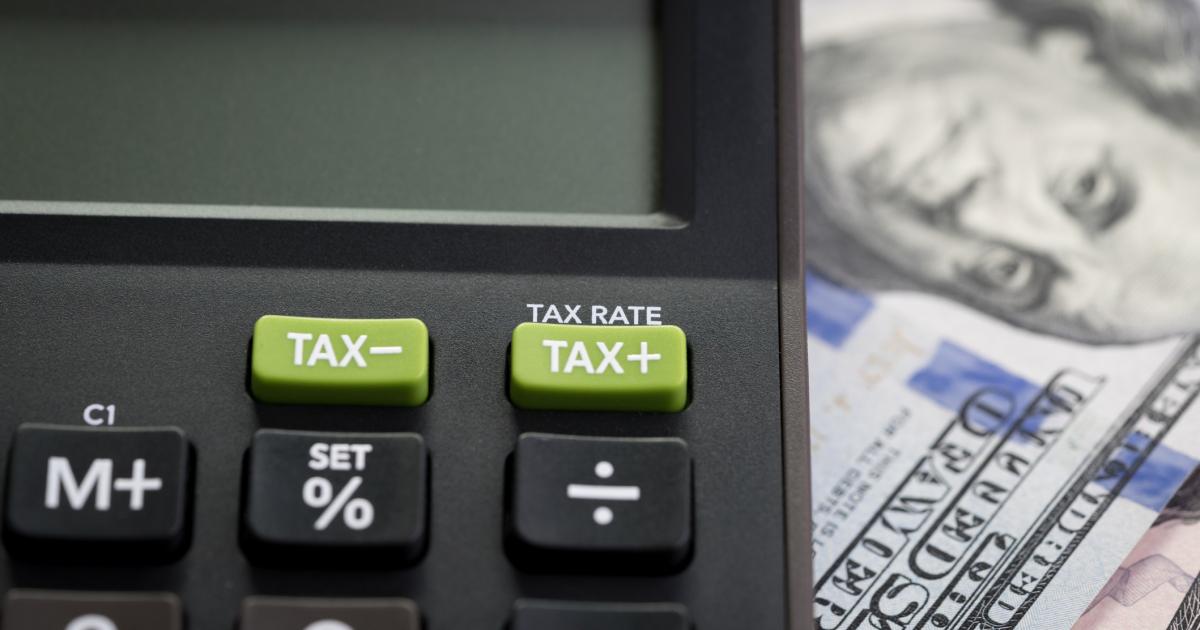- Economics
- Budget & Spending
President Biden entered office with an ambitious agenda. From expanded health care subsidies and increased Social Security benefits to student loan forgiveness, the list of prospective policies is long.
It would also be expensive.
As a candidate, Biden proposed a series of tax rate increases on high-income families to pay for some of his new programs. Under his plan, corporate income tax rates and top personal income rates would rise, top earners would face new Social Security taxes, and millionaires would face much higher tax rates on capital gains and dividends.
What would these tax rate hikes look like, and what would they do to the economy?
What are the corporate income tax increases?
Until 2018, the United States had the highest statutory corporate tax rate in the developed world. Even before accounting for state taxes, the top rate was 35 percent, well above the rates in Ireland (12.5 percent), Canada (15 percent), and the United Kingdom (19 percent). The Tax Cuts and Jobs Act of 2017 (TCJA) permanently lowered the top rate to 21 percent. Now the Biden administration wants to increase the rate to 28 percent, higher than most of the developed world but still 20 percent below the 2017 rate.
It might seem odd that few people want to return the rate to its pre-TCJA levels. But there are good reasons why there isn’t much support for the old rate.
First, at higher rates corporations have more incentive to avoid the tax. They hire expensive tax lawyers to find clever ways to reduce their tax bills. They move their headquarters or sometimes just their profits to low-tax jurisdictions. A higher tax rate shifts a corporation’s focus from producing better products at lower costs to finding ways to reduce its tax liability. It affects what companies produce, where they build it, and how they finance it. The result is that consumers pay more but get less—and the government takes in less tax revenue.
Second, the person who pays a tax is often not the person who bears the cost of the tax. In the case of corporate taxes, economist John Cochrane explains that “as an accounting matter, every cent corporations pay comes from higher prices, lower wages, or lower payments to shareholders. The only question is which one.” Economist Michael Boskin argues that corporate tax is borne increasingly by workers:
Corporate taxes, like others, are ultimately paid by people. In a static economy with no international trade, shareholders are likely to bear the cost. But the US economy is neither static nor closed to trade, and thus taxes tend to be borne by the least mobile factor of production. Capital is much more mobile globally than labor, and the part of the corporate tax that is well above that of our lowest tax competitors will eventually be borne by workers. In a growing economy, the diminished investment slows productivity growth and future wages.
Slower economic growth and lower wages are a high price to pay for a tax that yields surprisingly little revenue. It’s no wonder then that there isn’t much support for pushing the rate back up to its former level.
What about personal income taxes?
About half of all federal tax revenue comes from personal income taxes. These taxes are progressive, meaning that as your taxable income rises, the share of your income that goes to taxes rises too. Every dollar of taxable income is taxed at a particular rate, called a marginal tax rate. Currently, marginal tax rates on earned income range from 10 percent for the first dollar taxed to 37 percent for taxable income above $523,600 for single filers and $628,301 for married filers. President Biden wants to raise the top rate to 39.6 percent—the rate that existed prior to the Tax Cuts and Jobs Act.
The personal income tax code doesn’t just tax wage income. People also pay income taxes on realized capital gains—the profit made from selling an asset for more than it cost originally—and from dividend payments. The tax rates for investment depend on the gross income of the tax filer and how long the filer held the investment. If you sell an asset within a year after buying it, your tax rate is generally the same tax rate you pay on your wages. If you hold it for more than year, you pay a lower tax rate. Biden’s plan calls for eliminating this lower tax rate for filers with incomes above $1 million. How big a tax increase would this be? Currently, the top rate on long-term capital gains and qualified dividends is 23.8 percent. Biden’s plan calls for this to rise to 43.4 percent.
These higher marginal tax rates would have significant effects on the economy. The video below explains why:
The marginal tax rate affects a person’s decisions on whether to work more hours, hire more workers, or invest in innovations or new businesses. As the video explains, the “investments not made, schooling not pursued, or businesses not started all cumulatively add up to a lower quality of life for everyone.”
While high marginal tax rates discourage the behaviors that produce economic growth, many policy makers are willing to accept that outcome in order to make the tax system more progressive. They argue that high-income taxpayers can afford to pay more. But just because they can doesn’t mean they will. As we saw with corporate income taxes, the higher the rate, the more incentive people have to avoid the tax, either through clever accounting or through changing their economic decisions.
Further, the United States already has one of the most progressive income tax systems in the developed world. Economist Josh Rauh and Greg Kearney highlight the relative progressivity of the US income tax code:
It is an underappreciated fact that the US income tax system is one of the most progressive among OECD countries. Furthermore, this has been trending in a more pronounced direction over the last forty years. In that time frame, the share of federal taxes paid by households in the highest quintile increased from 55 percent in 1979 to 69 percent in 2017. This outpaces the United Kingdom, Germany, Sweden, and even France. That is in part due to the differences between the tax rates at lower income levels across these countries. For example, in France upon reaching the income level of $33,000, the marginal tax rate is 30 percent. The federal marginal rate at this same income level in the United States is a mere 12 percent.
The progressive rates don’t necessarily yield substantially higher tax revenue. The tax code is filled with countless deductions that reduce a filer’s taxable income and tax credits that directly reduce a filer’s tax liability. Filers may cut their taxable income by deducting charitable contributions, the interest they pay on their mortgages, and taxes they pay to state and local governments. Families with children may reduce their tax bill by claiming the child tax credit, and businesses can claim credits for research and development or building low-income housing. The US tax code has long been filled with these types of tax breaks. Milton Friedman explains how these tax breaks interact with high tax rates:
The Tax Cuts and Jobs Act limited some of these deductions. The state and local tax deduction (SALT), for example, was capped at $10,000 per filer. High-tax states like New York and California argue that the caps on the SALT deduction disproportionately hurt taxpayers in their states. Biden’s tax plan would eliminate the cap. It might seem odd that Biden’s plan would call for raising rates while also restoring a tax deduction that would largely go to wealthy filers. Historically, however, higher rates often coincide with increased deductions. Economist John Cogan explains why:
What about payroll taxes?
Social Security and parts of Medicare are financed through payroll taxes on wage and salary income. The 2.9 percent Medicare tax—split evenly between employee and employer—is assessed on all wage and salary income (high-earning filers pay an additional Medicare tax of 0.9 percent). The Social Security tax is more complicated. It assesses a 12.4 percent tax—again, split between employer and employee—on earnings up to the so-called taxable maximum, which is set at $142,800 in 2021. Earnings above the taxable maximum face no Social Security taxes. President Biden wants to assess the full Social Security tax on all earnings above $400,000.
It might seem odd that top earners pay a lower share of their income in Social Security taxes than those with earnings below the taxable maximum, and there is an interesting historical reason for this unique tax. Workers’ taxable Social Security earnings are used to determine how much they receive in benefits when they retire. In discussing Senator Elizabeth Warren’s Social Security plan, John Cogan explains how applying Social Security taxes to earnings above the taxable maximum would alter the nature of the program:
The cornerstone of FDR’s Social Security program is its “earned right” principle, under which benefits are earned through payroll-tax contributions. Although Congress has eroded this principle over the years, it remains part of the program’s core. Ms. Warren’s plan calls for additional taxes on wage earnings, capital gains, and dividends paid to those with high annual incomes: $250,000 or more for individuals and $400,000 or more for families. But in a major break from one of FDR’s main Social Security principles, the plan provides no additional benefits in return for the new taxes. The Warren plan’s new taxes would account for about a quarter of future revenues flowing into the Social Security system. Such a large revenue stream to fund unearned benefits, aptly called “gratuities” in FDR’s era, would put Social Security on a road to becoming a welfare program.
Even beyond its effect on the Social Security program, adding the Social Security tax on earnings above $400,000 would represent a dramatic marginal tax rate increase. Currently, workers with incomes in the top personal income tax bracket face a marginal tax rate of roughly 40.8 percent—37 percent for personal income taxes and 3.8 percent for Medicare. Adding the 12.4 percent tax would raise the top marginal tax rate above 50 percent, and that is before accounting for state income taxes. Like other marginal tax rates, these high rates will affect decisions to work, ultimately hurting future economic growth.
Conclusion
High marginal tax rates damage the economy and will result in fewer economic opportunities for everyone. Yet we need revenue to pay for essential government services—and much more to fund the reforms envisioned by the new administration. Is there a better way?
Fortunately, yes. A consumption tax such as a sales tax or value-added tax offers a far more efficient way to raise revenue. In Blueprint for America, Michael Boskin explains:
There is considerable research showing that moving toward a broad-based, integrated progressive consumption tax would significantly increase real GDP and future wages. Replacing both the corporate and personal income taxes with a broad, revenue-neutral consumption or consumed income tax would produce even larger gains.
A consumption tax would give workers, entrepreneurs, and innovators better incentives to work, invest, and create. The result would be an economy that delivers more economic opportunity while providing adequate revenue for the government.
Further Reading and Sources
In their Human Prosperity Project essay, Taxation, Individual Actions, and Economic Prosperity: A Review, economist Josh Rauh and Greg Kearney review the US tax code and discuss the economic consequences of a proposed wealth tax.
In October 2020, economists Timothy Fitzgerald, Kevin Hassett, Cody Kallen, and Casey B. Mulligan analyzed President Biden’s economic agenda. They found Biden’s proposed tax increases and programmatic changes to entitlement programs would reduce employment, consumption, and economic output.
In Blueprint for America, Michael Boskin offers a blueprint for tax reform.
To view the original article, click here.






